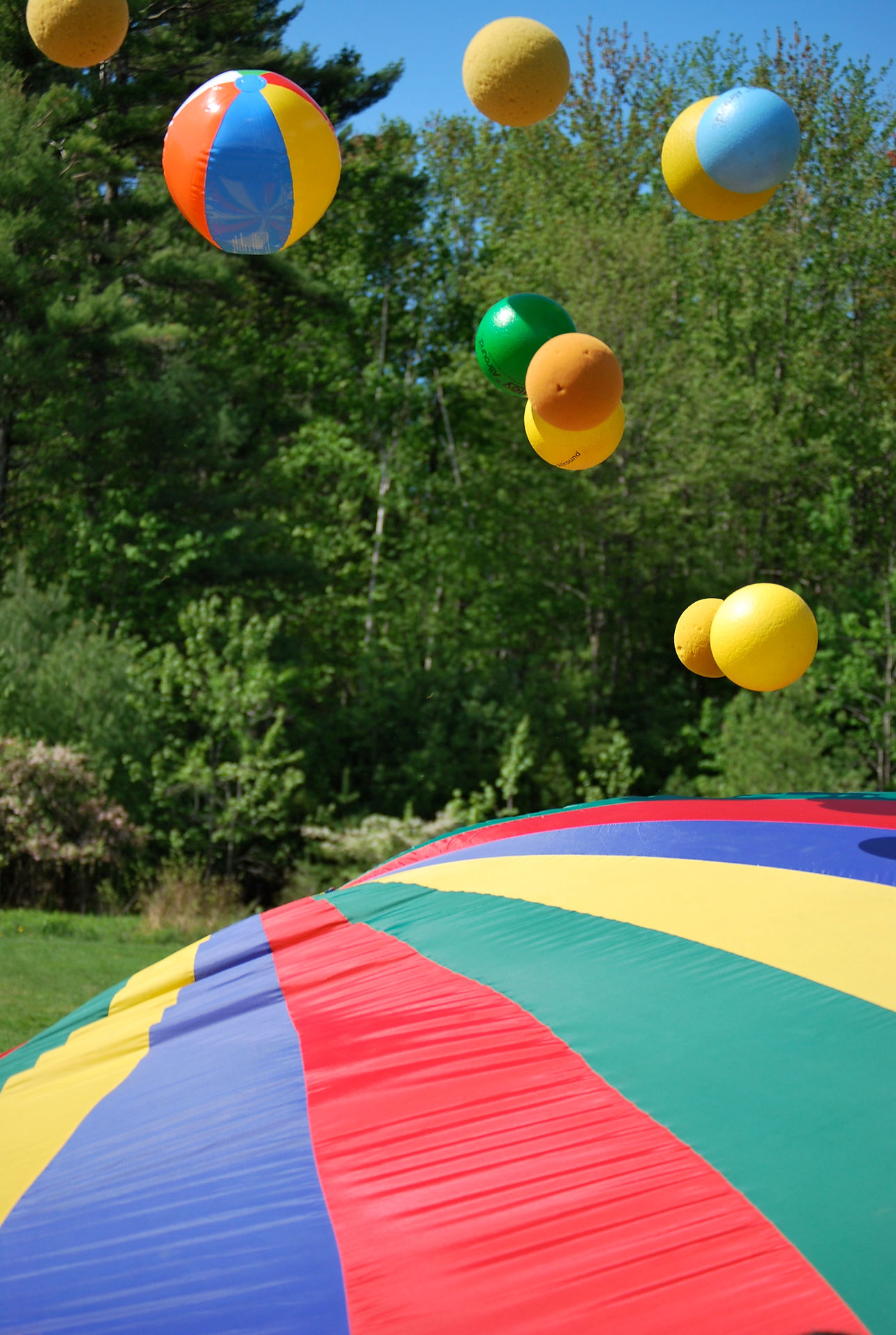
Marty Cryer
Project Description:
Teaching students to evaluate data and graph is appropriately is a task touched upon at many grade levels. Our curriculum has a number of graphing lessons that include collecting data. The problem is, however, the data being collected is superficial and and small in number since students typically gather it rom among their classmates. The topics of data collected typically are about favorite colors, sports teams, sports, or food.
As I considered this, I knew there had to be a better and more meaningful way to teach students how to collect data, analyze it and present it.
Infographics have been around for a long time, but have gained momentum as a visually interesting and informative way to present information, especially information that includes data. They are colorful, creative and packed with information in a small space. This unit was developed to give students an opportunity to create an infographic from data about a topic they have chosen and collected using Google form surveys distributed via email, social media and other 21st century avenues.
The project would begin by talking about what data is and why and how it is presented. This would open the discussion about graphing and the attributes of each type of graph.
From there this project would move into a phase of determining a topic. I had suggested we look at healthy lifestyles since it would be a topic students study in health and PE classes. However, it would be an option to discuss and perhaps develop a different topic of interest. Perhaps, even, small groups of students could choose different topics.
After deciding on a topic, students would develop a series of survey questions and create a survey using Google forms. This resource would be used because of its ease of use and ability for students to collaborate synchronously as they create their survey. Additionally, the results of the survey automatically are collected in a spreadsheet, making analysis more realistic and flexible. The survey would be sent to family members and the school community via email and I would post it on my own Facebook page asking friends to take the survey and pass it along to others.
Once the data was collected, students would have to see what their results are and what they mean, This is where the analysis of the data becomes real and meaningful, far more so than the favorite colors of the 18 students in our classroom.
The final step in this unit would be to decide what information should be presented and how that would be done. Students would be introduced to infographics and create a draft of their own on paper, finishing the unit by building their graphic online using a digital resource such as info.gram or easel.y
Objectives:
There are many, many objectives in this unit, including collecting and analyzing data. First, students would need to learn about and understand what data is and what graphs do before they would understand why they would even do the project .
Learning to use analytics in a meaningful way and to think about a topic important to people of all ages is another objective. When using a sample population of just 18 young students, it is often hard to find meaningful conclusions. Several times we have had data with just one data point in most of the categories. How can a student learn from a graph like that?
From the creative side of this project, there are so many benefits for students. First, they would be learning to present information in a visual and interesting way using tools that are being used in real businesses around the world. Students would need to consider factors that make graphic arts visually appealing as they create their infographic along with what information is the most important to present. Students would have a worldwide audience and see the power of social media as they begin to collect data from around the globe.
Future changes and improvements:
Although I created this unit of lessons last year, I have yet to actually use it. My hope when I put it together was that I would have time to integrate it into our regular math curriculum. Time, however, was against me and because of family requirements and graduate school expectations I was unable to do the long-term planning needed to ensure I was able to cover the other math concepts I needed to cover over the course of the year. This year we begin content teaching and I will not be teaching math, so it is unlikely I will be using the unit. I do, however, plan to show it to my teaching partner and encourage him to use it. He is geared toward the use of technology and appreciates the value of using real-world opportunities in teaching, so I suspect he will be interested in giving it a try.
Connection to ISTE Standard 1B: Engage students in exploring real-world issues and solving authentic problems using digital tools and resources.
The connection to this standard is very clear. Students would generate a survey about healthy lifestyles, which is clearly in the news every day. The information collected would be valuable not only from a statistical standpoint, but would help students gain a better understanding of what they can do to ensure their own long-term health.
Click image to see unit plan and other materials
